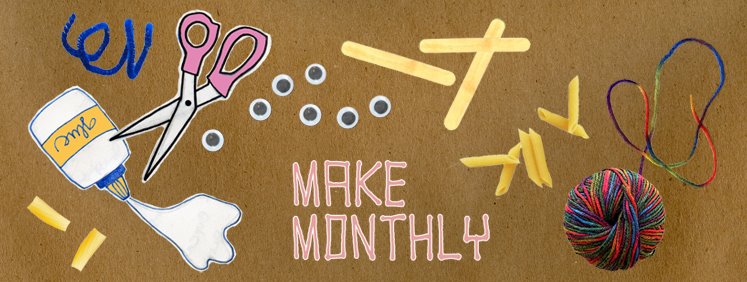 Does everyone have their leprechaun traps set for St. Patrick’s Day? We are a little behind on trap setting this year because we have been sick, sick, sick but we know those sneaky little cobblers have been lurking about because we have seen tiny green footprints everywhere and our milk keeps going green!
Does everyone have their leprechaun traps set for St. Patrick’s Day? We are a little behind on trap setting this year because we have been sick, sick, sick but we know those sneaky little cobblers have been lurking about because we have seen tiny green footprints everywhere and our milk keeps going green!If you are celebrating the green holiday with the kiddies this year and you have yet to see any evidence of leprechauns on the prowl, you could always make-believe!
To start your own leprechaun sighting game, you will need:
• a plastic or metal lid from an old bottle or jar (I used lids from a baby food jar)
• sticky back craft foam or non sticky back craft foam with glue
• scissors
• a green washable marker or ink pad
• sticky back craft foam or non sticky back craft foam with glue
• scissors
• a green washable marker or ink pad
From the craft foam you will cut out tiny shoe-shaped foot prints and then attach them to the top of the lid. Need I go on?…A stamping you will go. Don’t forget to use WASHABLE ink unless you want to tattoo all your furniture and appliances with the spirit of Saint Pat.
This activity has been loads of fun for my kids. Whenever they spot these mini shoeprints they begin to search for the mischief those little sneaks have left behind. They especially like when they find a chocolate gold coin or two that the leprechauns have dropped by mistake.











